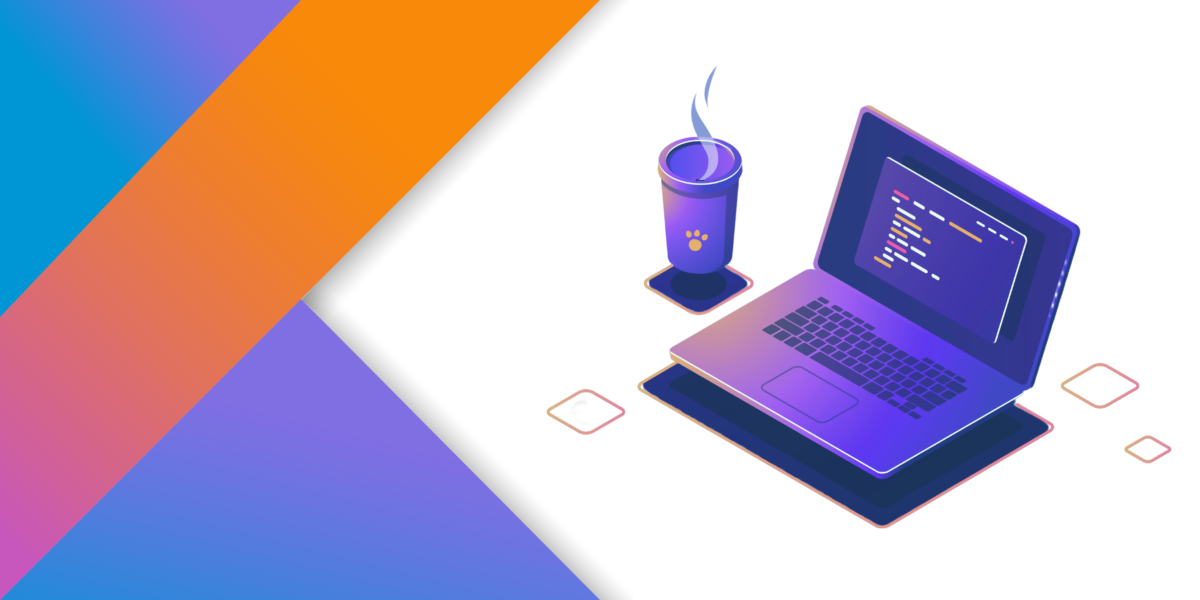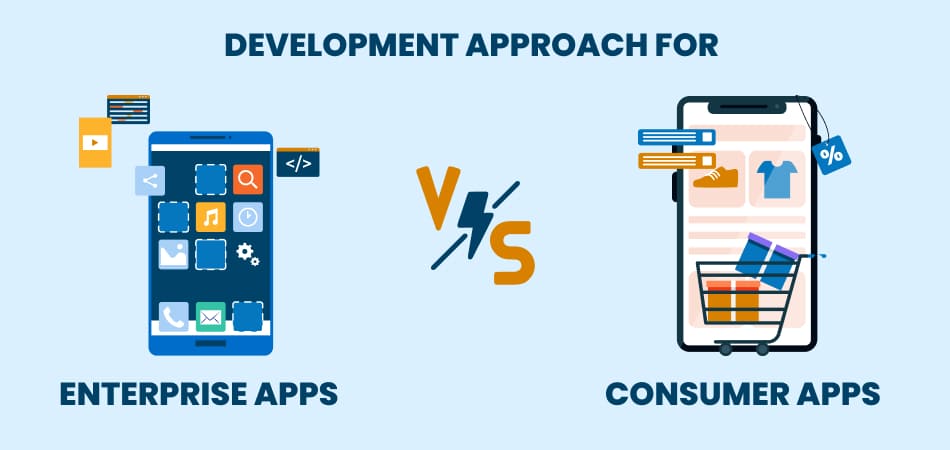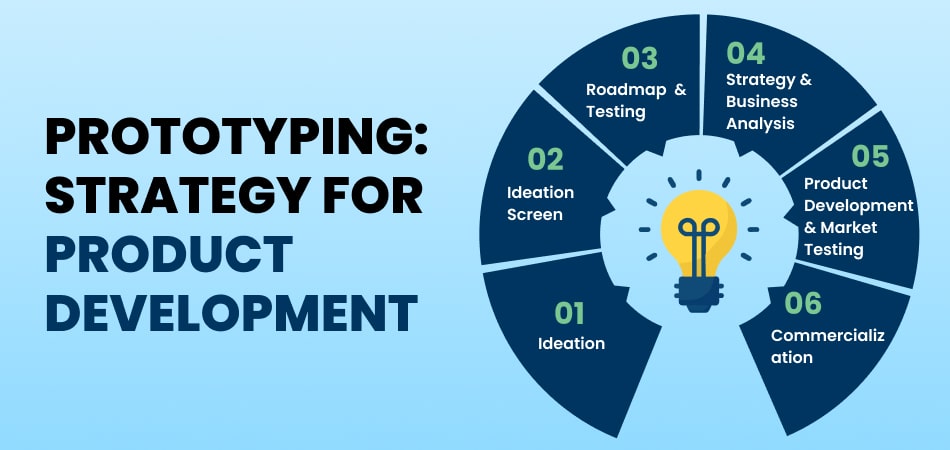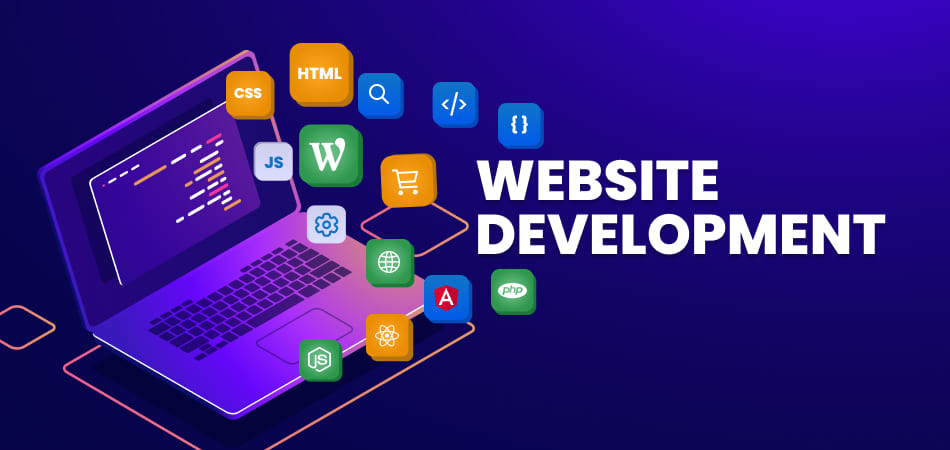Regarding programming for the JVM and Android, Kotlin is superior to Java in many aspects, yet usable in the same projects as Java. But what is Kotlin other than a Java replacement?
This blog will discuss why Kotlin has grown in popularity, its advantages, and what tasks users typically use it for. We hope that by the end, our readers will understand better what the language is all about.
Why is Kotlin so popular?
Kotlin was the fastest-growing language on GitHub in 2018, with 2.6 times as many developers as in 2017. According to the 2020 Stack Overflow Developer Survey, it is the fourth most popular programming language.
Because of its better syntax and safety features, Kotlin is a more productive alternative than Java, and its interoperability with Java allows developers to reuse existing Java code and libraries. Furthermore, Google has declared that Kotlin is the recommended language for developing Android apps.
8 powerful Kotlin features
Most people believe Kotlin is a viable Java alternative because it can run on open-source platforms. With Java code, we can assemble it, Javascript code, and Java libraries. Kotlin also has its libraries, which can be accessed via the Application programming interface.
A lot of the same tasks are done over and over again in Java, which makes the code lengthy. In contrast, Kotlin is more streamlined and up-to-date. As a result, it is simple enough for beginners to grasp. It reduces functional code and eliminates code that performs the same functions. Null point exceptions are no longer necessary in Kotlin, and semicolons (;), which are required in Java but not in Kotlin, are optional. There is also no issue if the user’s default app is being used.
Kotlin is an easy-to-learn programming language. It also comes pre-installed with a variety of helpful programs. Kotlin allows you to write concise versions of Java applications that would otherwise be too long to write in Java. It indicates that it accomplishes the same task with less code yet achieves the same outcomes. The less time spent writing a shortcode, the more money saved.
Here are some advantages of Kotlin to make you better understand its strengths:
1. Object-Oriented Programming (OOPs)
Even though it supports top-level functions, the fact that Kotlin’s also a functional programming language is simply the beginning of the narrative. Higher-order functions, anonymous functions, lambdas, inline functions, closures, tail recursion, and generics are some of the language’s additional characteristics. Kotlin, in other words, is a functional language in every meaning of the term. It has all of the characteristics and advantages of an OOPs language.
2. Security
To avoid common blunders, Kotlin was created to eliminate the risk that references to null pointers posed and to make dealing with null data easier. It accomplishes this by making the value “null” prohibited for standard types, creating types that can accept “null” as a value, and using shorthand notations to deal with “null” tests.
3. Java interoperability
One of the crucial aspects of Kotlin is that it is entirely compatible with Java syntax. If a code base is written in Java, it may be compatible with Kotlin and vice versa.
4. Simple Learning Curve
Because the syntax is simple, learning it is quick, simple, and natural. It makes an excellent choice for anyone learning their first programming language.
5. Routines
Threads that don’t accomplish multiple works are referred to as “coroutines” in the Kotlin programming language. When they are inside a CoroutineScope, you start them with the launch coroutine builder. RunBlocking is one of the greatest coroutine scopes since it impacts the code block that the coroutine executes. Coroutines, in general, improve the efficiency of asynchronous programming. They accomplish this by making time-consuming processes like network calls and database access faster and easier. They also eliminate the necessity for follow-up calls.
6. Cross-Platform Development
Every type of programming can be done by Kotlin, from server-side to client-side web development to Android and iOS development. Because the language runs on the JVM, the same code can be used on a variety of systems.
7. Adaptability
Kotlin allows developers to choose whatever programming style works best for them. As a result, it is a flexible language containing portions that are both functional and object-oriented. All of this contributes to a more enjoyable programming experience.
8. Support
Kotlin comes with support for a wide variety of Android tools. This includes Android Studio, Android KTX, and Android SDK, which make it easier to make apps for Android. It also has a group of developers who are always working to improve the language and make documentation for it.
Where is Kotlin used?
Kotlin was created to improve daily app development, particularly on the server side or client side for sophisticated Android programming. This is what inspired the development of the Kotlin programming language. On the other hand, it may be utilized for any type of development and has several applications.
This is a programming language used by developers to create apps for mobile devices as well as servers. Kotlin leverages JavaFX, JavaScript, and other related technologies in addition to constructing the backend. Kotlin is a programming language that is native to any desktop or mobile environment. Some Internet of Things (IoT) gadgets works well with it as well.
Let’s look at the fields where it is useful.
Web Development on the Back End
Programmers frequently use Kotlin and the JVM for back-end web development. It is because, even when the code is the same, they require less code to be written than Java.
With this, most Java-specific terms can be omitted or considerably reduced. For example, code written in Kotlin is frequently shorter and easier to understand than code written in Java.
It is an excellent language for working on large projects with several teams. When developers from different modules collaborate to create the back end by sharing code, they might boost their productivity.
Complete Web Development
When developing websites with a server-side component, it makes perfect sense to use it. After all, people have been using Java since its inception. However, integrating it with JS and using the Kotlin/JS combo is also useful for front-end development.
Developers may access robust APIs for browsers and the web while keeping their code tidy using Kotlin/JS. Full-Stack All developers need to know is how to utilize it. They can write front-end code in the same language used for the back-end. To run the code in the browser it converts it to JavaScript.
Server-Side Programming
This programming language, when paired with JS, is not only useful for back-end web development but also for server-side web development.
Kotlin/JS not only allows you to leverage powerful browser and web APIs, but it also ensures that your code is always type-safe.
Android App Development
Kotlin is one of the best languages for developing Android apps because it allows developers to write quick, clear, and secure codes. Android Studio is the official integrated development environment (IDE) for developing Android applications. It completely supports Kotlin. It means that you may utilize the same code completion and type-checking tools in Kotlin as in Java.
Because most consumers now use their mobile phones to connect to the internet, most businesses must have a mobile presence. Even if Kotlin were exclusively utilized to create Android apps, there would still be a high need for Kotlin developers because Android accounts for more than 70% of the mobile phone market. Nonetheless, it can be utilized for a variety of additional purposes.
Click here if you need help choosing the best App Development company!
Data Science
Data scientists have long used Java to process large amounts of data, search for patterns, and generate hypotheses. It is natural to believe that Kotlin will be employed in this industry as well.
Data scientists can build their own Kotlin code, but they can still use all of the Java libraries they’ve previously used for Java projects. It is supported by Jupyter and Zeppelin. These are two tools that many data scientists use regularly to view data and conduct exploratory research.
Mobile Cross-Platform Development
In contrast to other cross-platform app development tools, Kotlin’s Multiplatform Mobile (KMM) allows you to access iOS and Android-only capabilities.
The best part about KMM is that it eliminates the need to add new programming languages to a codebase to create cross-platform software. As a result, Android and iOS users will enjoy the experience they desire as it simplifies the app development process for mobile devices.
Final Thoughts
Kotlin is a modern programming language that is simpler to write than Java yet performs the same functions. Compared to Java, the language makes it quicker and faster to create Android apps and apps that run on many platforms using the JVM.
Before deciding between the two, determine which one will best meet your needs and goals. It is simple to use, works well, is secure, and many developers globally trust it & recommend it for Android app development.



